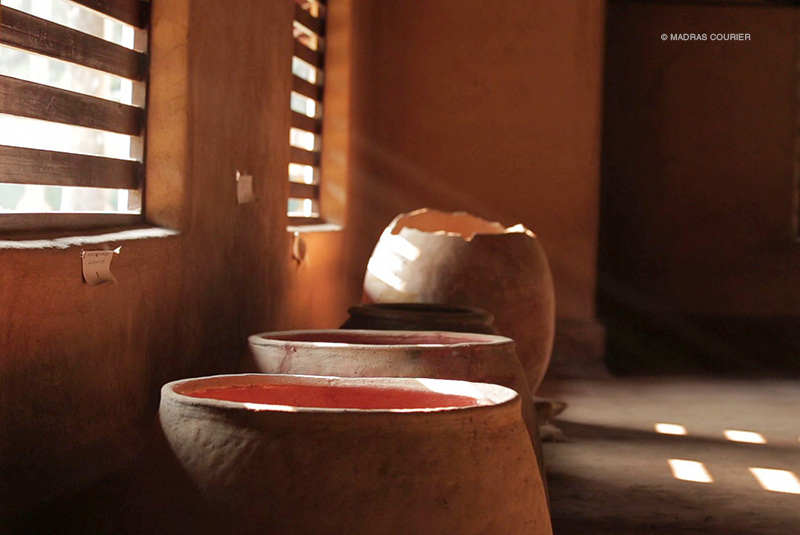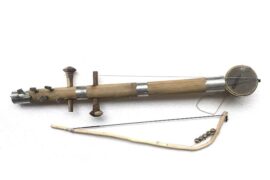Pattanam is a small village north of the city of Cochin in Kerala. Hugged by the river Periyar on the East and the Arabian sea on the West, for many years it was just another sideshow on the road to Cherai beach.
That is, until 2007, when excavations by the Kerala Council of Historical Research (KCHR) turned the spot into the most exciting dig in recent Indian archeological history. Today, archeologists are almost certain that it is a part of the legendary port town of Muziris – an ancient trade port that connected India to Roman, Mediterranean and African merchants as far back as 1000 BC.
From a set of 60 trenches, covering less than 1% of the mound, they have unearthed “1,29,083 artefacts, 5,16,676 diagnostic potsherds (i.e. rims, necks, handles, bases etc of pots), 1,40,165 non-Indian pottery sherds and 4.5 million local body sherds.”

What do these ‘sherds’ (fragments of pots and other vessels) mean to archeologists? For P. Cherian, director of the KCHR, each is a snapshot into a forgotten world.
Copyright©Madras Courier, All Rights Reserved. You may share using our article tools. Please don't cut articles from madrascourier.com and redistribute by email, post to the web, mobile phone or social media.Please send in your feed back and comments to [email protected]











